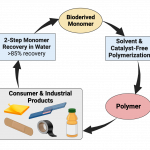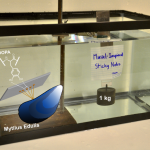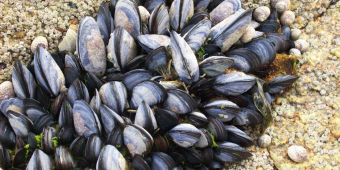
We exploit information gained from our basic studies of mussel adhesion for the design of synthetic adhesives. Typically, synthetic polymers are chemically derivatized with catechols in the form of DOPA, DOPA peptides, or DOPA-mimetic functional groups (Figure). This approach allows us to employ standard polymer synthetic strategies and to confer the important properties of catechols …
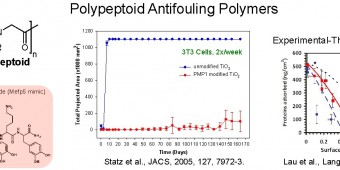
Biofouling, the process of deposition of living and nonliving matter on surfaces, is a common occurrence in the biological world and impacts many technologies. In many cases, biofouling is highly undesirable and has adverse consequences. In the case of marine coatings, fouling of ship hulls by microscopic (algae) or macroscopic (barnacles, mussels) organisms interferes with …
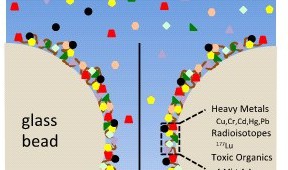
We are developing a family of coatings by exploiting the chemical diversity of catechols for attachment onto many different organic and inorganic surfaces, and for conferring a variety of functional uses. In a landmark paper (Science, 2007), we reported the formation of coatings from alkaline oxidative polymerization of dopamine. These “polydopamine” coatings are simple to …
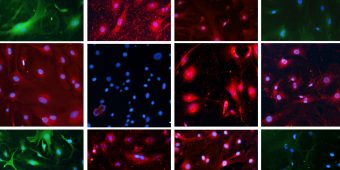
We are developing novel hydrogels and other materials for use in regenerative medicine and general surgery. These hydrogels frequently are designed to solidify in-situ for bonding of tissues together, for attaching medical devices to tissues, and for sealing wounds or surgically created defects in tissue membranes. Often we take advantage of mussel-inspired chemistry to form …


